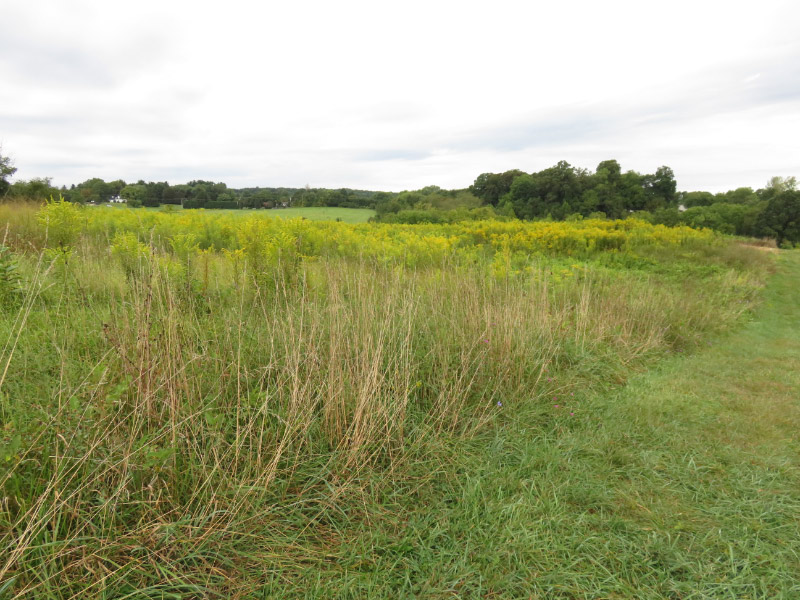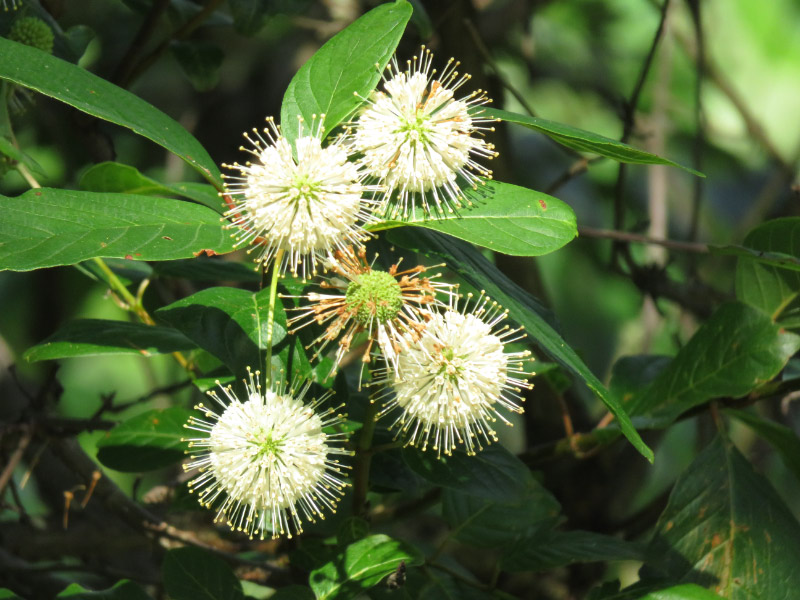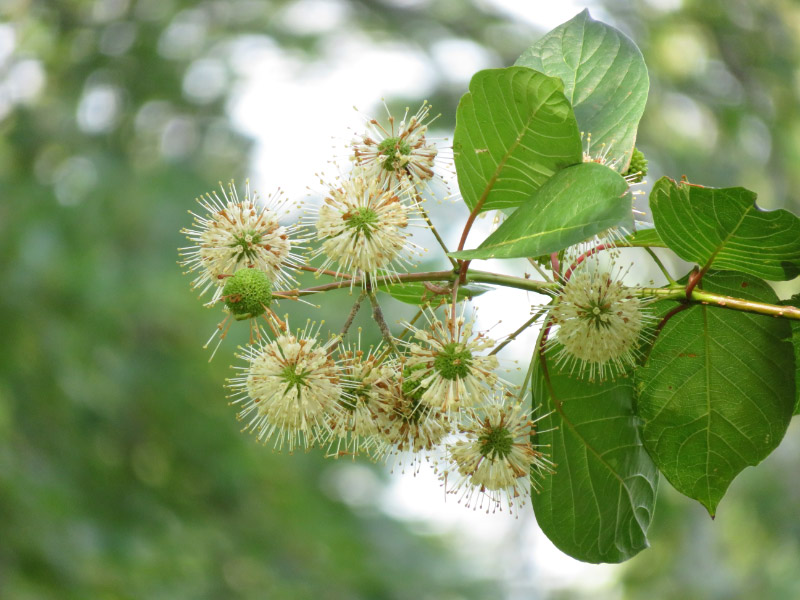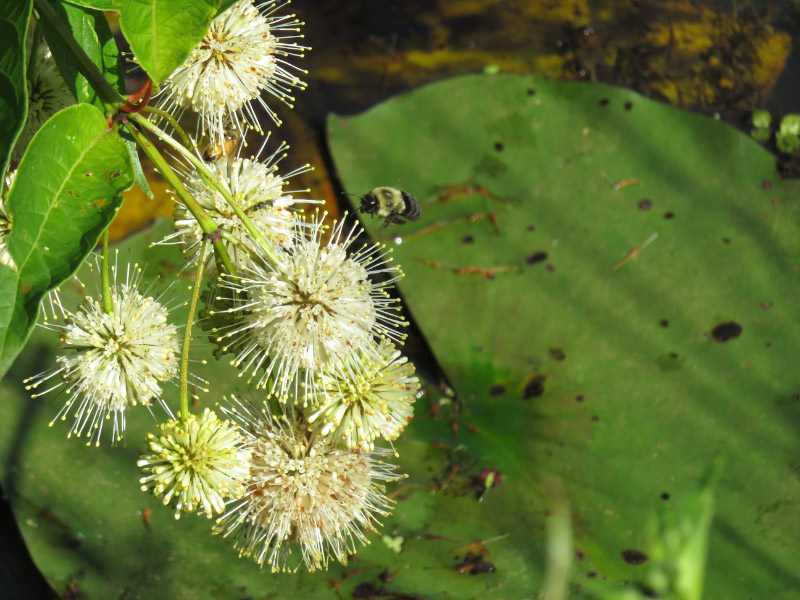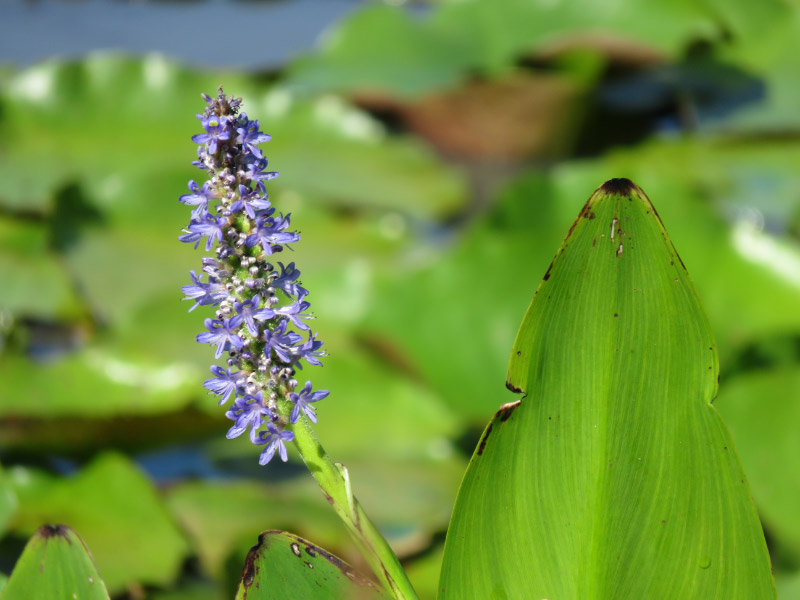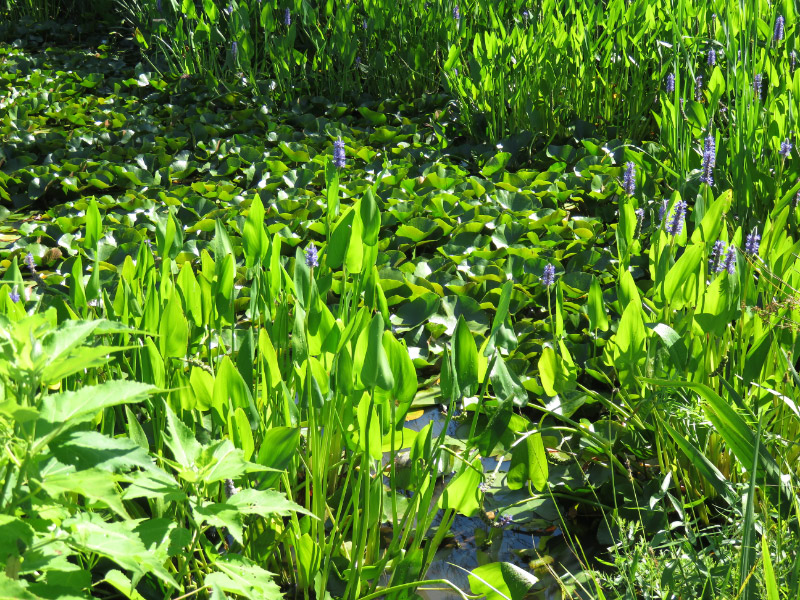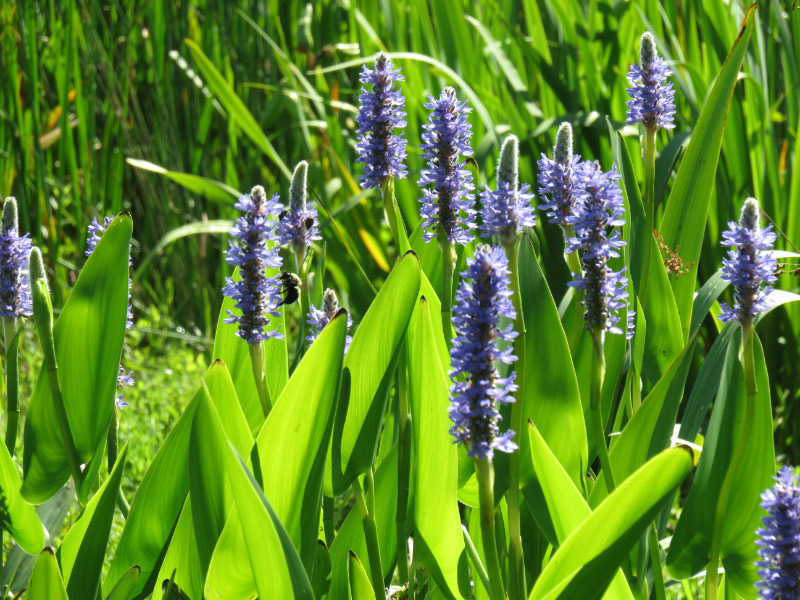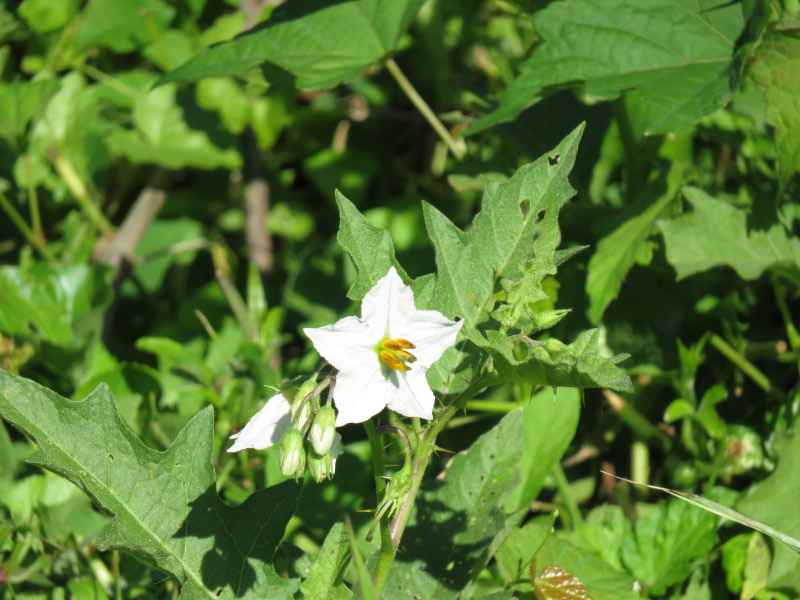Mt Pleasant – October 2016
/It was very damp – almost raining – last Saturday during my hike at The Howard County Conservancy’s Mt Pleasant Farm. I took a few pictures to document the day: black walnuts on the ground in various stages of ripeness,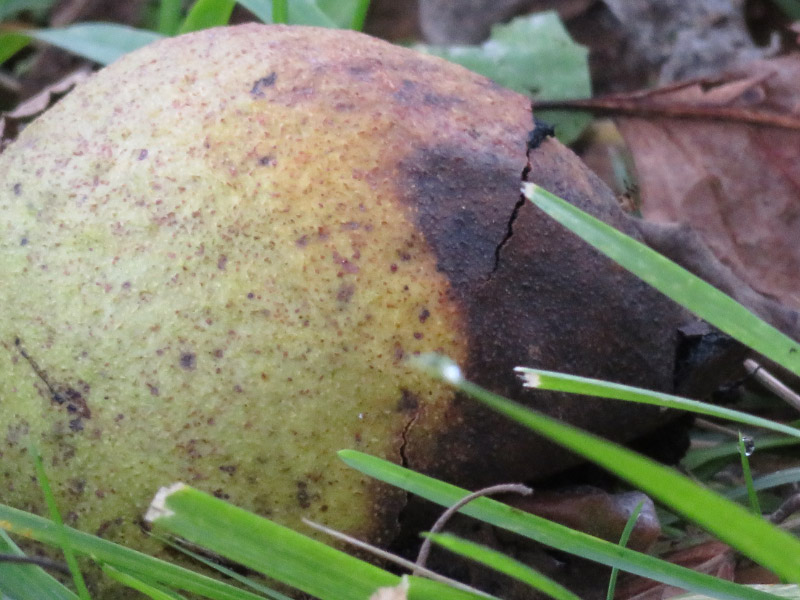
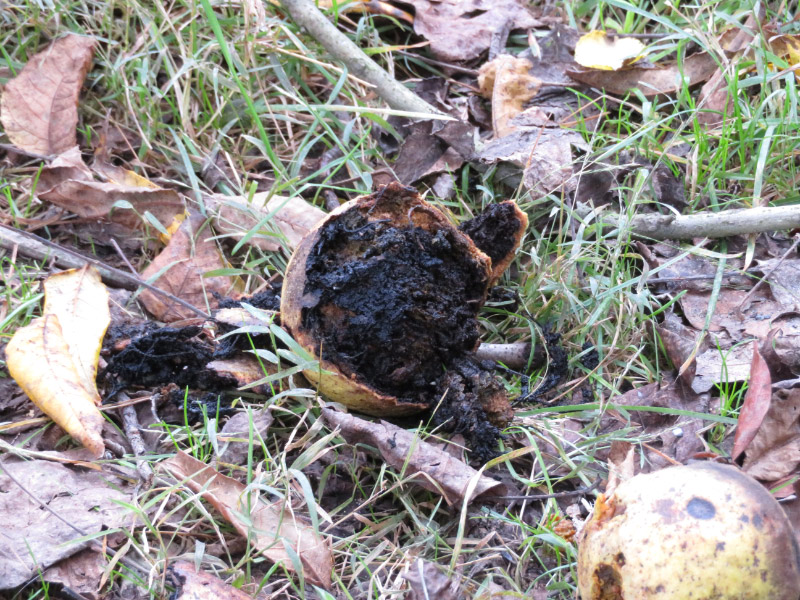
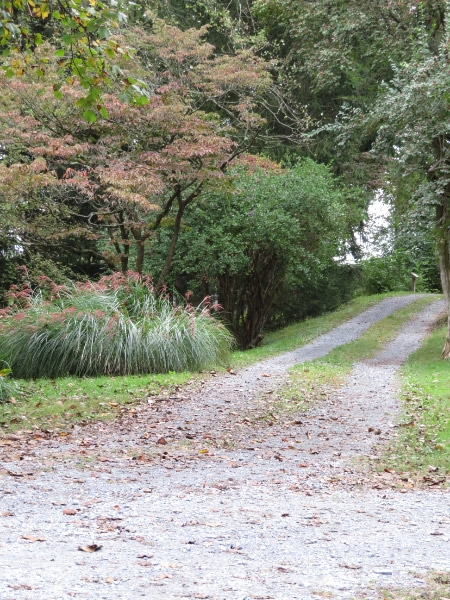 Colorful dogwood and grass along the drive to the farmhouse….and a zoomed view of the grass.
Colorful dogwood and grass along the drive to the farmhouse….and a zoomed view of the grass.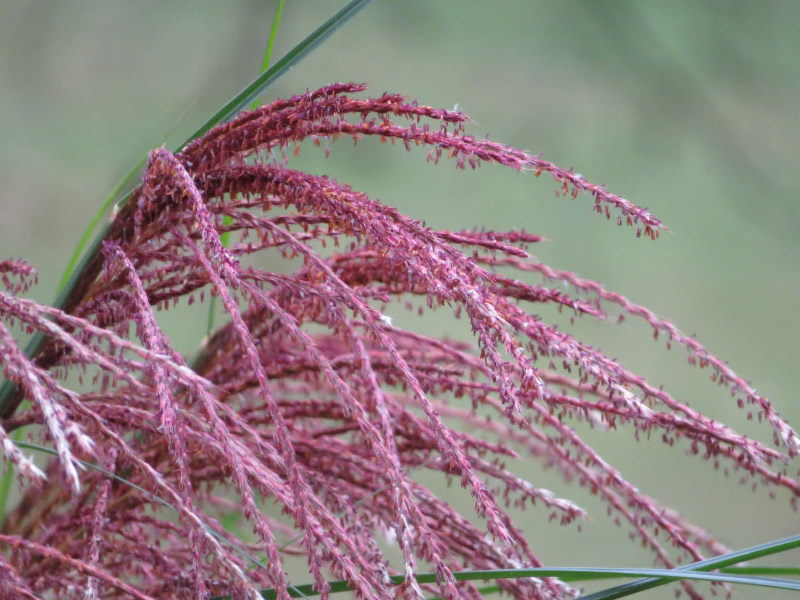
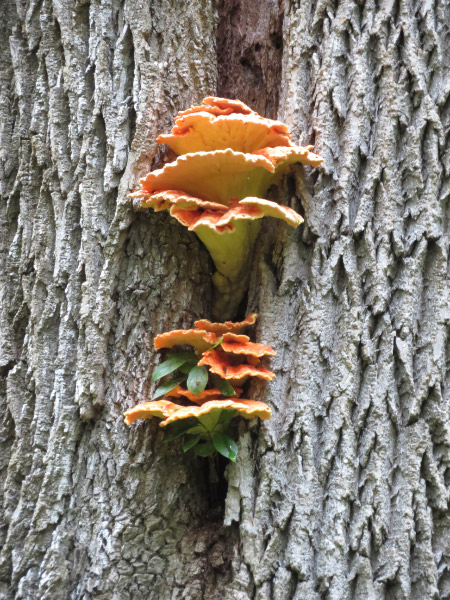 But the biggest surprise of the hike was some chicken of the woods fungus growing high on a tree near the stream. I was leading a hike so I only took time to take one picture….and then went back again yesterday to take some more documentary pictures. The one below shows that the fungus is at least 10 feet above ground level (near the middle of the image below).
But the biggest surprise of the hike was some chicken of the woods fungus growing high on a tree near the stream. I was leading a hike so I only took time to take one picture….and then went back again yesterday to take some more documentary pictures. The one below shows that the fungus is at least 10 feet above ground level (near the middle of the image below).
Zoomed in a little – it appears to be growing in a groove in the trunk…maybe a place where lightning damaged the tree. The tree may be standing deadwood since it had no leaves.
Zoomed some more – the groove where the fungus is growing has no bark.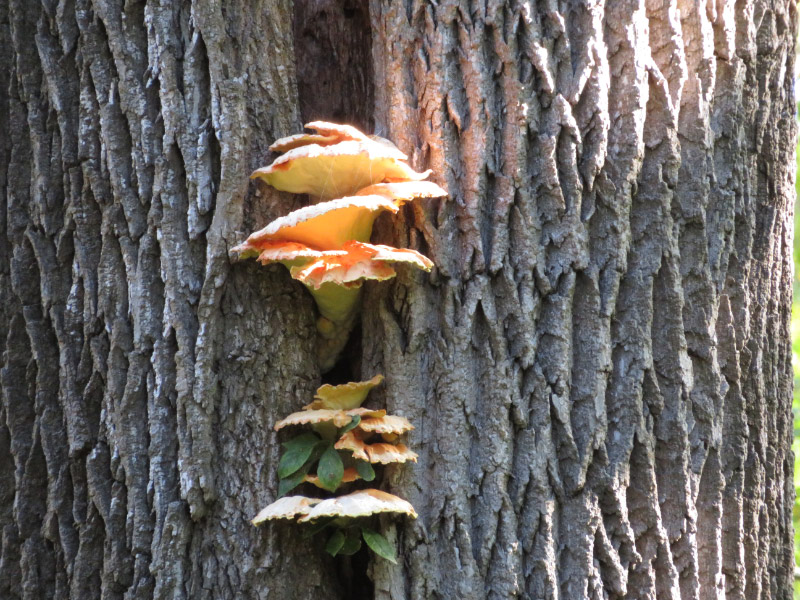
I walked a little further to take some pictures from directly underneath. The underside of the fungus seemed to glow in the morning sunlight.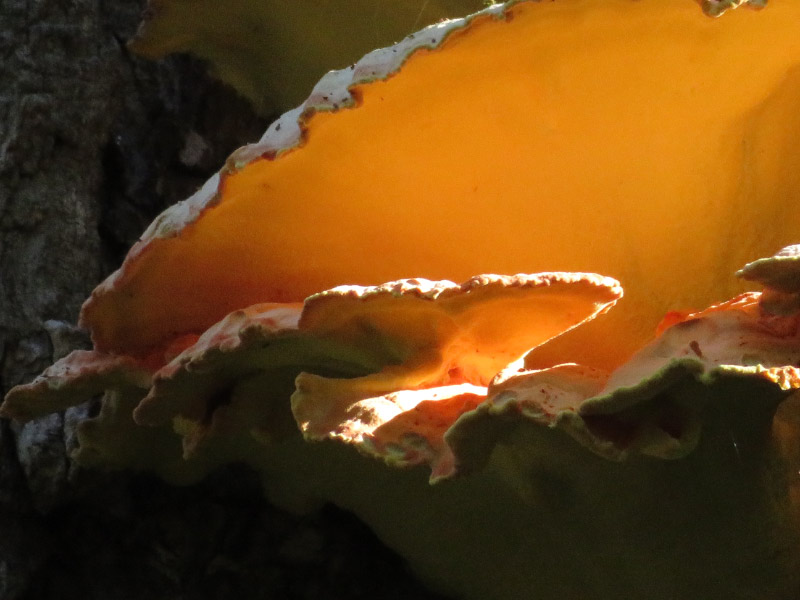
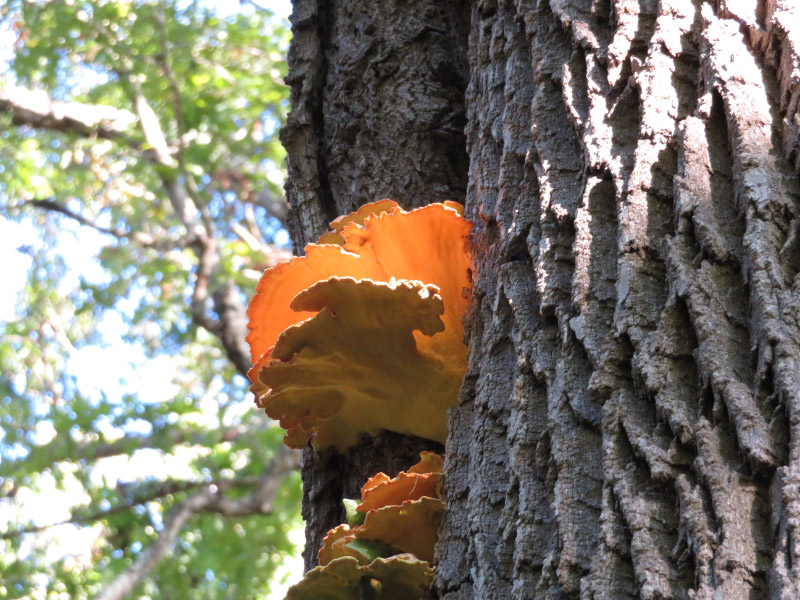
 There were other things to see as well yesterday: the fork in the path down to the stream,
There were other things to see as well yesterday: the fork in the path down to the stream,
Water on horse nettle fruits and past-prime flowers (the water on the grass soaked through the tops of my hiking boots and got my feet wet!),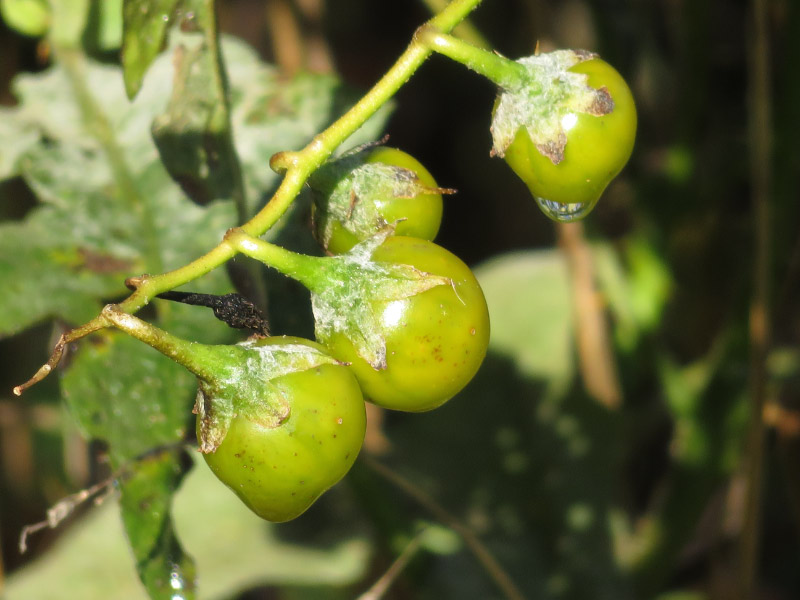
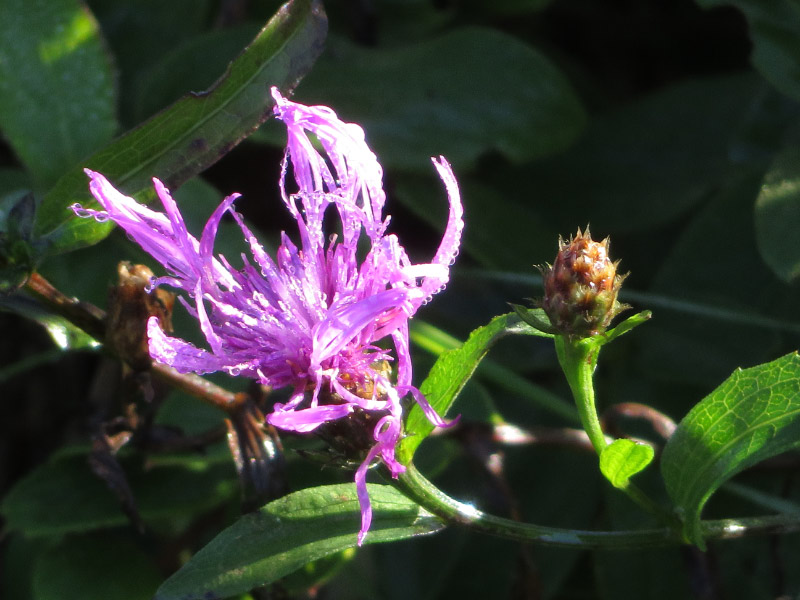
And the larger rocks deposited by the storms of last summer at the ‘beach’ area of the stream.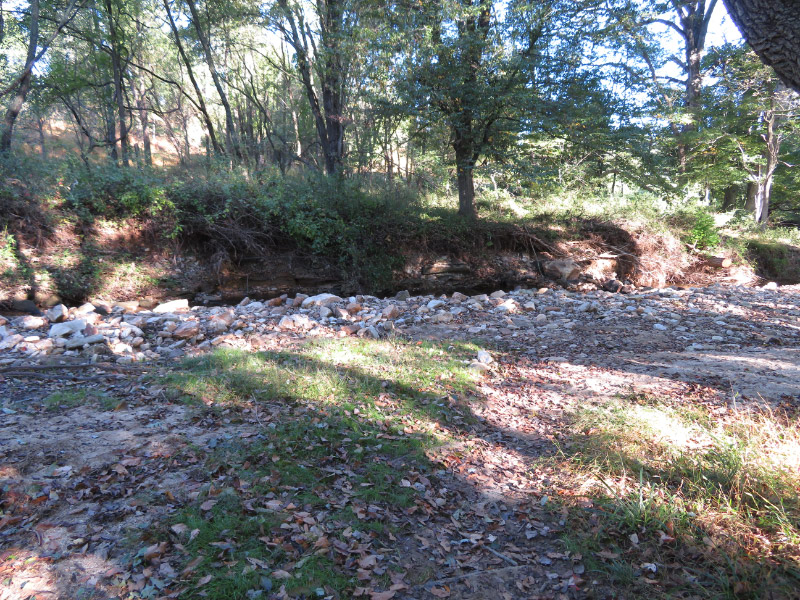
I hiked back to the nature center to get ready to hike with first graders. It was quite a change from last week’s fifth graders!







